Definitions
Definitions 2
Definition of Line in MathsIntroductionYou might have seen several items in your environment, such as the edge of a table, a pen, the edge of a notebook, and many more. These all have the property of being lines. In general, a line is a collection of several points traveling in opposing directions, and when these points come too close together, they create a line. So, let's learn more about this fascinating topic in this article. Lines are one-dimensional shapes with zero thickness, but lengths can extend in both directions. Line
A line is formed by a collection of points traveling along a straight path opposing one another. As a line has no width, no depth (curvature), and no termination, it will continue to move in the same direction indefinitely. The line segment
A line with two fixed ends is referred to as a line segment. Part of a line is a line segment. The distance between the two endpoints, which is the length of the line segment, is constant at all times. A section of line XY is depicted below. Ray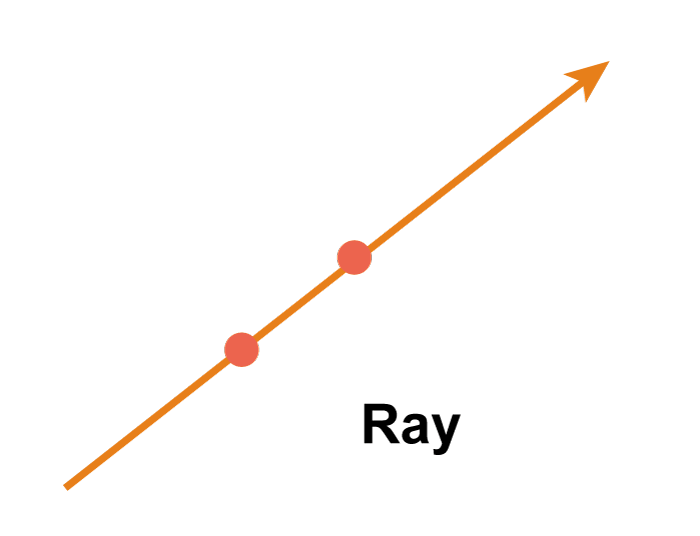
A line with a defined starting point but no terminus is said to be a ray. That can go on forever in a single direction. We cannot determine the length of a ray since it has no endpoint. For example, An illustration of a ray is a sunray. The Sun is the beginning or place of origin, and the length of its light is infinite. Line: Different types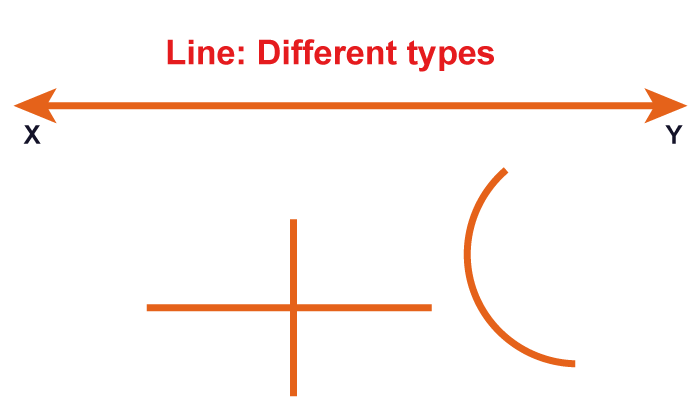
Following are the many line types:
They are a component of geometry or the basis of geometry. Let's now briefly discuss each of them. Vertical Line 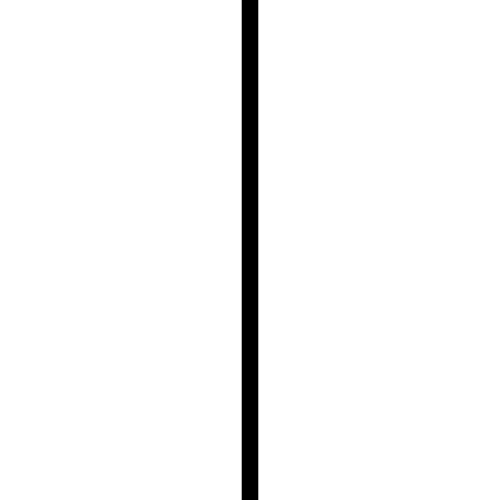
When a line is perpendicular to the X-axis, it is said to be vertical. A Horizontal line 
A horizontal line follows a straight path from left to right and vice versa or one parallel to the X-axis. Parallel Lines 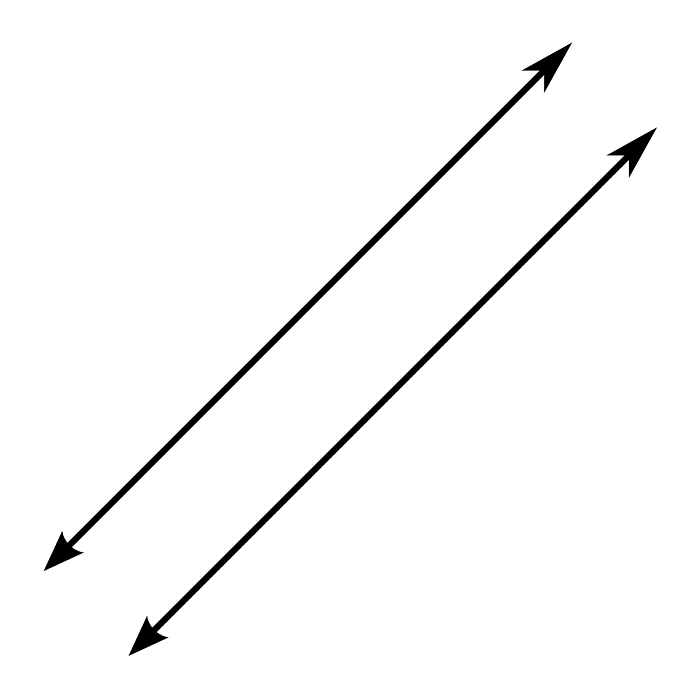
When two lines do not cross, intersect, or meet at any point, they are said to be parallel. Throughout, the separation between parallel lines is the same. Perpendicular Lines 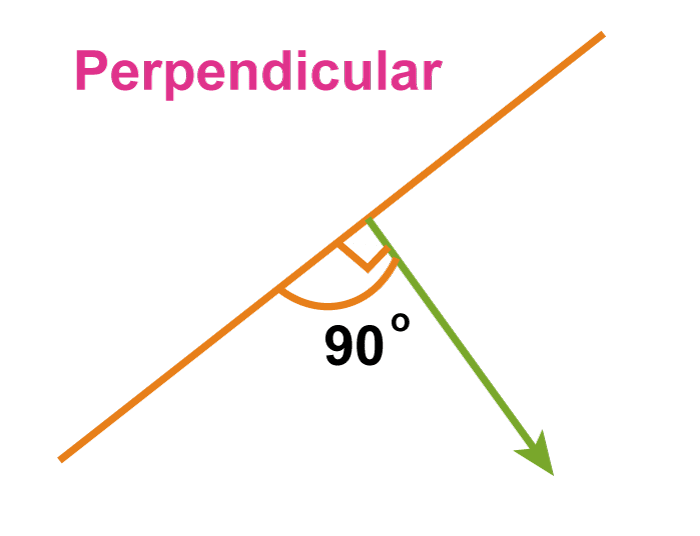
Perpendicular lines are defined as two lines crossing each other at 90° or a straight angle. Intersecting Lines 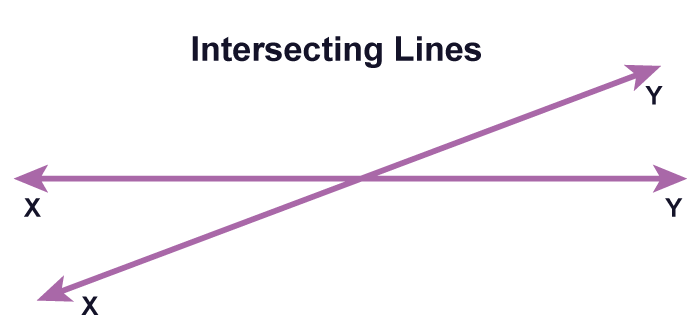
Two lines are considered to be intriguing if they intersect or cross each other at any point. Generic Line EquationThe general equation of a line in two variables with one degree is represented as Ax+By+C=0 A, B, and C are all real numbers, and A and B cannot be 0 simultaneously. A linear equation in two variables is another name for the general equation of a line. For instance: Where A=4, B=12, and C=6, 4x+12y=0 Line-related Questions and AnswersQuestion 1: How do lines work? Answers: One-dimensional with no ends; a line is a figure. Question 2: What connection exists between the slope of two parallel lines? Answers: Two parallel lines have an equal slope. Question 3: When does a line's slope become zero? Answers: Only when a line is parallel to the x-axis or when the line itself acts as the x-axis does its slope equal zero. Question 4: Does a line have an end? Answers: There are no line endpoints, even though the line segment has two ends while the ray only has one.
Next TopicDefinition of Marketing by Philip Kotler
|
 For Videos Join Our Youtube Channel: Join Now
For Videos Join Our Youtube Channel: Join Now
Feedback
- Send your Feedback to [email protected]
Help Others, Please Share










